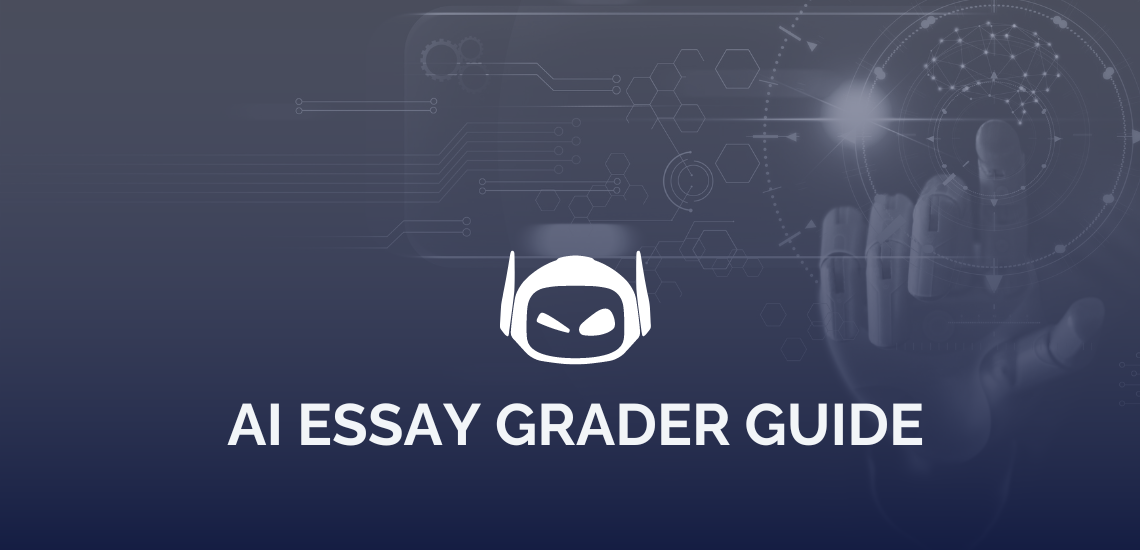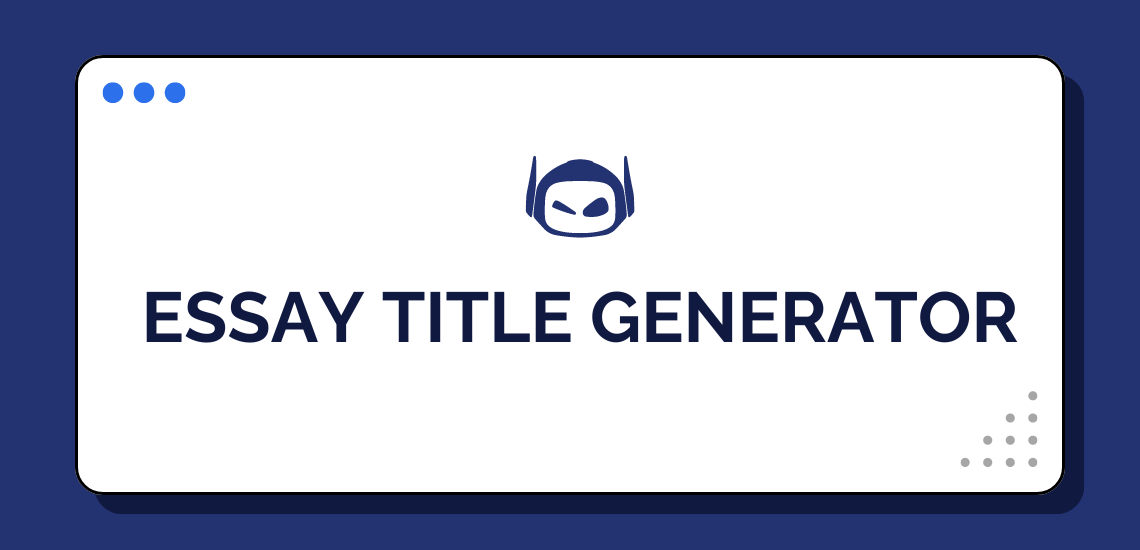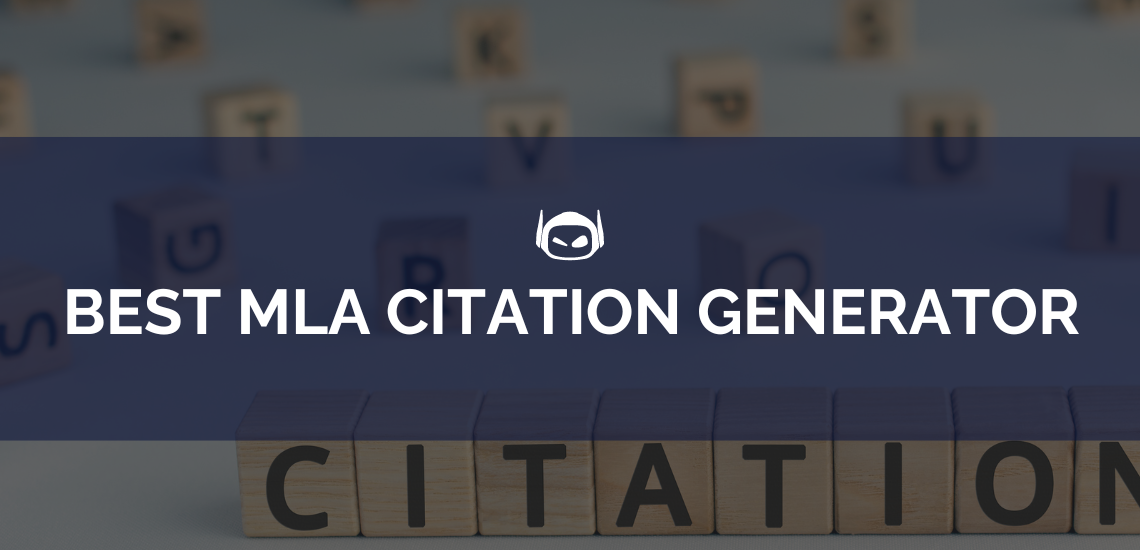
Are you looking for the best AI tool for research...

Are you trying to select the best AI writing tools,...

In today’s fast-paced world, technology touches every aspect of our...

Are you looking for the best AI writing software but...

Effective time management for teachers is crucial. Every day, teachers...

Creating a good title for your essay is crucial. It’s...

Do you want to know if Paperpal is the right...

General Guide About Content and Writing
Do you want to learn how to humanize AI text...

A rewriting tool helps content creators to generate new versions...

Do you need the best MLA citation generator to help...